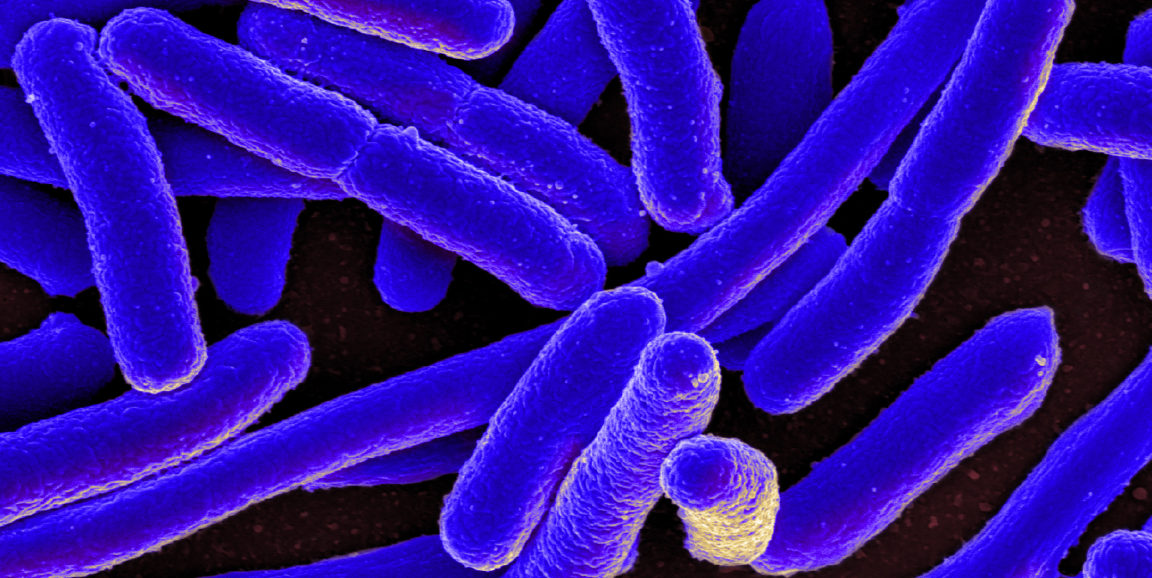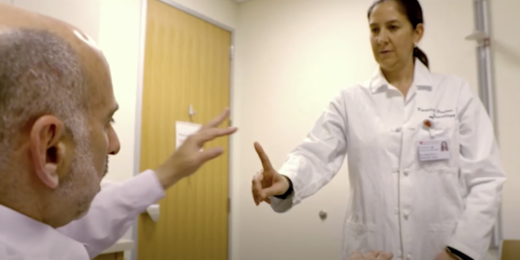The size of a cell is intrinsically linked with its genetic makeup, growth rate and other fundamental properties. What would happen if scientists could control the size of pathogens?
That possibility isn't completely outlandish: Stanford researchers have discovered a genetic "tuning knob" that can enlarge or shrink bacteria across a wide range -- and this knob can be used to fatten up the bacteria to increase their susceptibility to certain antibiotics, as recently reported in Current Biology.
The research team is led by KC Huang, PhD, an associate professor of bioengineering and of microbiology and immunology at Stanford. Huang explained in a recent Stanford Engineering news article:
Most strategies to killing bacteria are linear: you find a very specific target and block it with a drug. These findings point in the direction of totally [different] therapies, in which you predispose cells to death by tweaking a global property like size.
The researchers found that a single protein in E. coli, called MreB, acts as a master regulator of cell size by coordinating the construction of cell walls. So they manufactured many copies of the E. coli's DNA, changing in each copy just one of the 347 letters in MreB's genetic code. Using fluorescence-activated cell sorting, they then separated the individual cells with different sizes to create a library of cell-size mutants.
The team used this library to study how size impacts a cell's physiology, including how bacterium grow and survive. For instance, they treated the various E. coli mutants with several antibiotics and found that larger E. coli were more sensitive to the drugs. A larger cell has more surface area and that increases the drug uptake, they said in the paper.
Huang said he hopes their techniques can be applied to other bacteria and used to help human health in the future. He added:
While we don't yet know how to twist this bacterial size dial in patients, it's good to have such an exciting new therapeutic approach as antibiotic resistance becomes increasingly prevalent.
Image by NIAID




